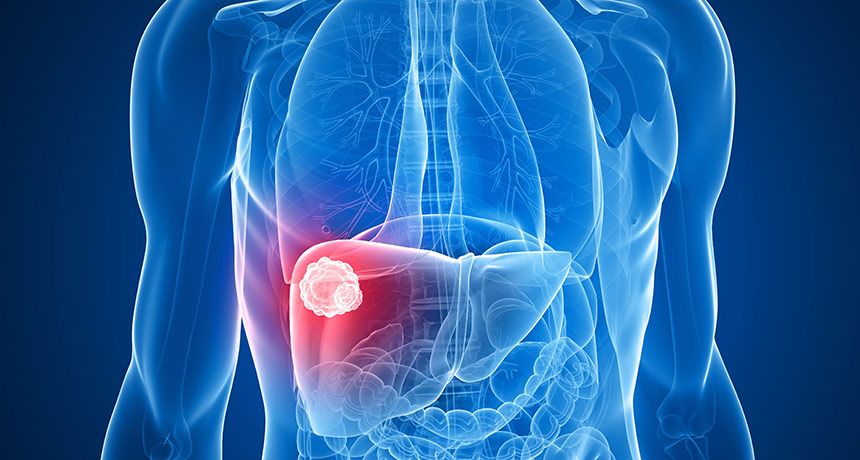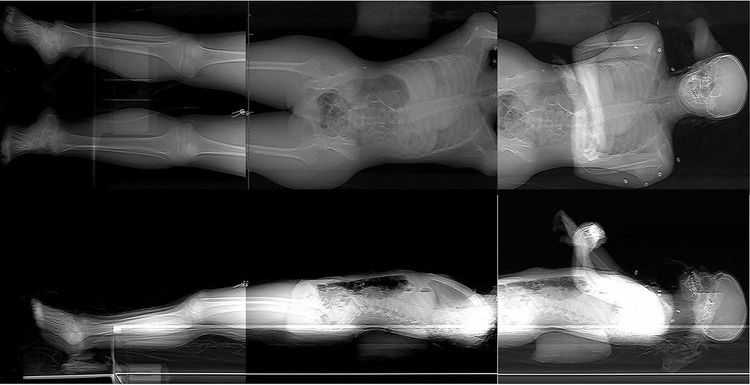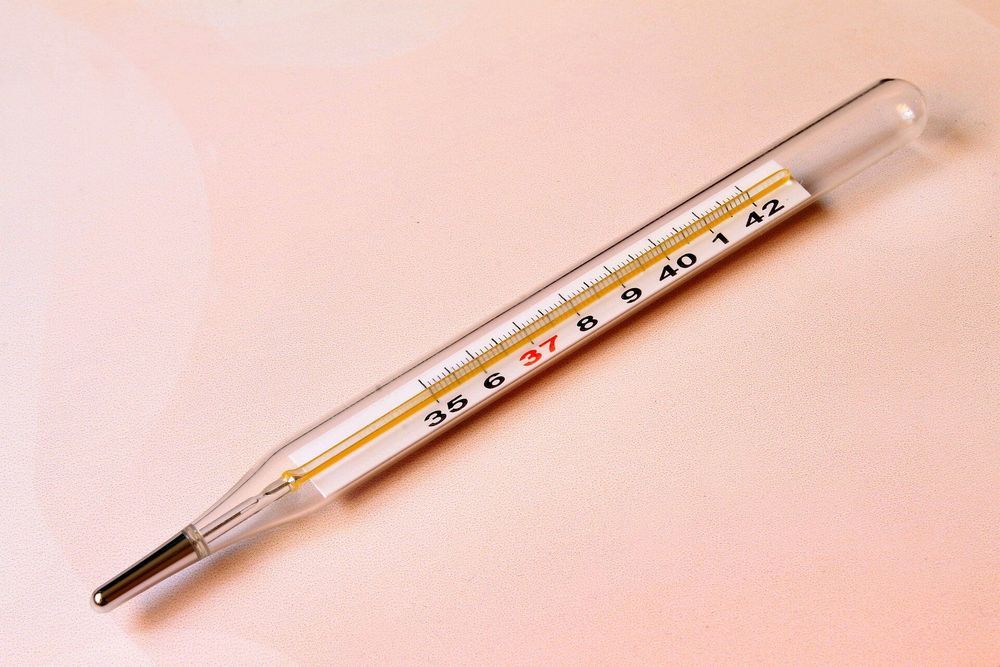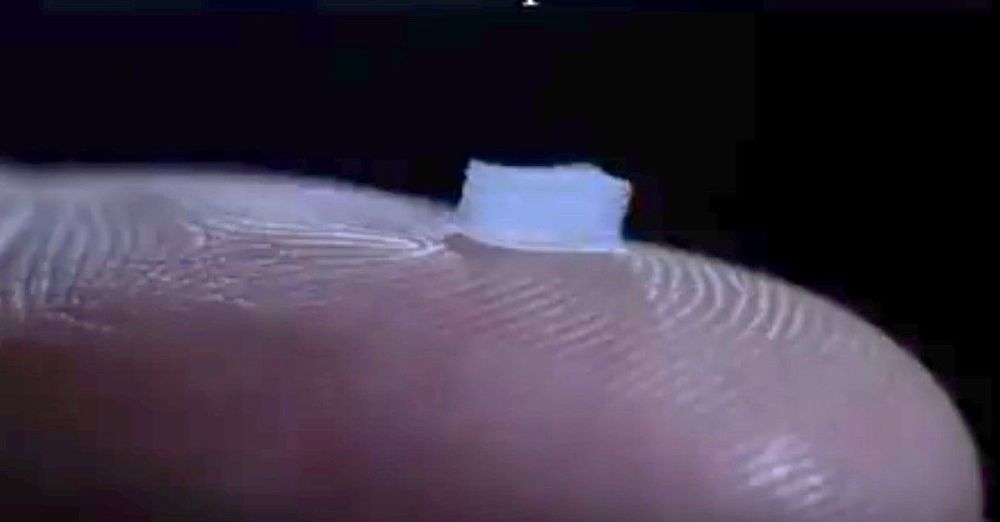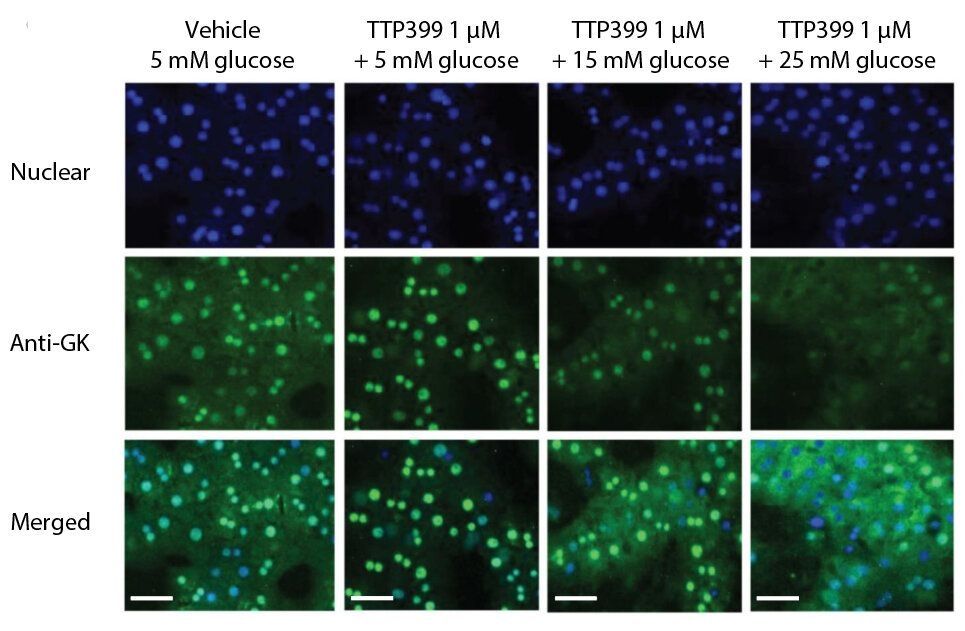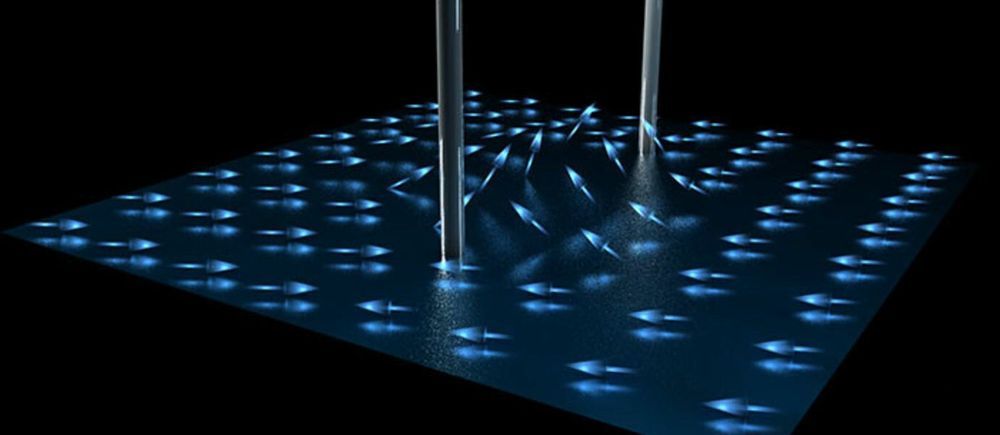Page 8161
Jan 30, 2019
UNM database of deceased people a national first
Posted by Paul Battista in categories: biotech/medical, computing
People die. All the time. From many causes, including old age, disease, accidents, murder. But researchers can learn from these deaths.
Heather Edgar, forensic anthropologist at The University of New Mexico Office of Medical Investigator (OMI) and associate professor of anthropology, is currently converting a dataset of whole body decedent CT scans into a searchable database that will be available to researchers.
The database will be stored on systems at the UNM Center for Advanced Research Computing, with the help of CARC network and storage specialist Hussein Al-Azzawi. It is being funded by a $702,000 grant from the National Institute of Justice.
Continue reading “UNM database of deceased people a national first” »
Jan 30, 2019
Fever alters immune cells so they can better reach infections
Posted by Paul Battista in category: biotech/medical
Fever is known to help power up our immune cells, and scientists in Shanghai have new evidence explaining how. They found in mice that fever alters surface proteins on immune cells like lymphocytes to make them better able to travel via blood vessels to reach the site of infection. Their work appears on January 15 in the journal Immunity.
“One good thing about fever is that it can promote lymphocyte trafficking to the site of infection, so you will have more immune cells in the infected region that will get rid of the pathogen,” says Shanghai Institute of Biochemistry and Cell Biology (SIBCB) Professor and senior author JianFeng Chen.
To get to an infection, white blood cells need to adhere to the blood vessel and then transmigrate into the infected tissue or lymph node. During this step, molecules known as integrins are expressed on the surface of lymphocytes. Integrins are cell adhesion molecules that control lymphocyte trafficking during inflammation.
Continue reading “Fever alters immune cells so they can better reach infections” »
Jan 30, 2019
Marijuana Could Help HIV Patients Maintain Their Mental Stamina
Posted by Paul Battista in categories: biotech/medical, neuroscience
Jan 30, 2019
Using 3D printer to develop treatment for spinal cord injury
Posted by Paul Battista in categories: 3D printing, biotech/medical
Spinal cord injuries (SCIs) affect approximately 300,000 Americans, with about 18,000 new cases occurring per year. One of these patients, Jake Javier, who we have written about many times over the past several years, received ten million stem cells as part of a CIRM-funded clinical trial and a video about his first year at Cal Poly depicts how these injuries can impact someone’s life.
Currently, there is nothing that completely reverses SCI damage and most treatment is aimed at rehabilitation and empowering patients to lead as normal a life as possible under the circumstances. Improved treatment options are necessary both to improve patients’ overall quality of life, and to reduce associated healthcare costs.
Scientists at UC San Diego’s School of Medicine and Institute of Engineering in Medicine have made critical progress in providing SCI patients with hope towards a more comprehensive and longer lasting treatment option.
Continue reading “Using 3D printer to develop treatment for spinal cord injury” »
Jan 30, 2019
Length of DNA strands can predict life expectancy
Posted by Paul Battista in category: biotech/medical
Can the length of strands of DNA in patients with heart disease predict their life expectancy? Researchers from the Intermountain Heart Institute at Intermountain Medical Center in Salt Lake City, who studied the DNA of more than 3,500 patients with heart disease, say yes it can.
Jan 30, 2019
New hope for stem cell approach to treating diabetes
Posted by Paul Battista in category: biotech/medical
Scientists working to develop more effective treatments for diabetes are turning to stem cells. Such cells can be transformed into cells that produce insulin, the hormone that controls blood sugar.
But there’s a major challenge: the amount of insulin produced by theses cells is difficult to control.
Now, by tweaking the recipe for coaxing human stem cells into insulin-secreting beta cells, a team of researchers at Washington University School of Medicine in St. Louis has shown that the resulting cells are more responsive to fluctuating glucose levels in the blood.
Continue reading “New hope for stem cell approach to treating diabetes” »
Jan 30, 2019
Experimental drug could be new option for type 2 diabetes
Posted by Paul Battista in categories: biotech/medical, neuroscience
An experimental drug may help people with type 2 diabetes curb their blood sugar without causing it to drop to dangerously low levels.
Researchers found that the compound—dubbed TTP399 for now—improved patients’ blood sugar control when it was added to the standard medication metformin for six months.
And it did so without causing hypoglycemia—blood sugar drops that, if severe, can lead to convulsions or loss of consciousness.
Continue reading “Experimental drug could be new option for type 2 diabetes” »
Jan 30, 2019
Scientists create a renewable source of cancer-fighting T cells
Posted by Paul Battista in categories: bioengineering, biotech/medical
A study by UCLA researchers is the first to demonstrate a technique for coaxing pluripotent stem cells—which can give rise to every cell type in the body and which can be grown indefinitely in the lab—into becoming mature T cells capable of killing tumor cells.
The technique uses structures called artificial thymic organoids, which work by mimicking the environment of the thymus, the organ in which T cells develop from blood stem cells.
T cells are cells of the immune system that fight infections, but also have the potential to eliminate cancer cells. The ability to create them from self-renewing pluripotent stem cells using the UCLA technique could lead to new approaches to cancer immunotherapy and could spur further research on T cell therapies for viral infections such as HIV, and autoimmune diseases. Among the technique’s most promising aspects is that it can be combined with gene editing approaches to create a virtually unlimited supply of T cells able to be used across large numbers of patients, without the need to use a patient’s own T cells.
Continue reading “Scientists create a renewable source of cancer-fighting T cells” »
Jan 30, 2019
New quantum structures in super-chilled helium may mirror early days of universe
Posted by Paul Battista in categories: cosmology, quantum physics
For the first time, researchers have documented the long-predicted occurrence of ‘walls bound by strings’ in superfluid helium-3. The existence of such an object, originally foreseen by cosmology theorists, may help explaining how the universe cooled down after the Big Bang. With the newfound ability to recreate these structures in the lab, earth-based scientists finally have a way to study some of the possible scenarios that might have taken place in the early universe more closely.
